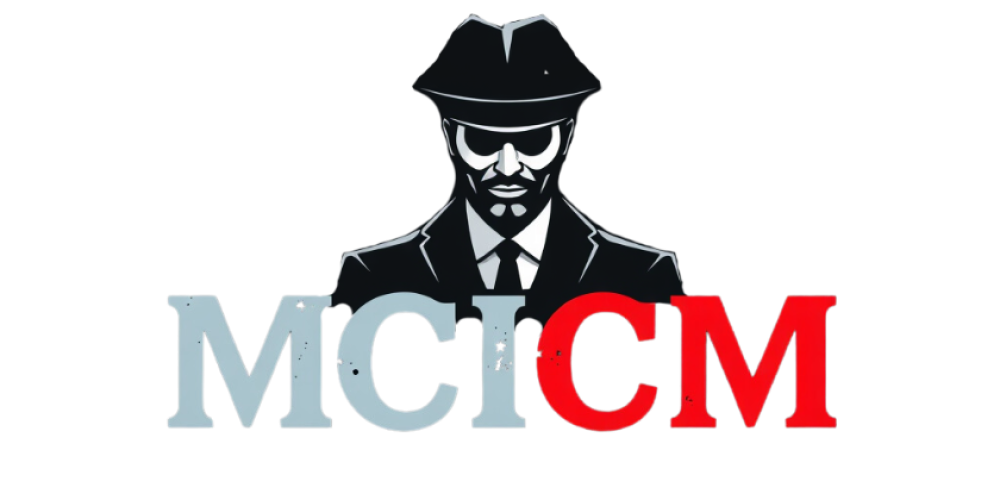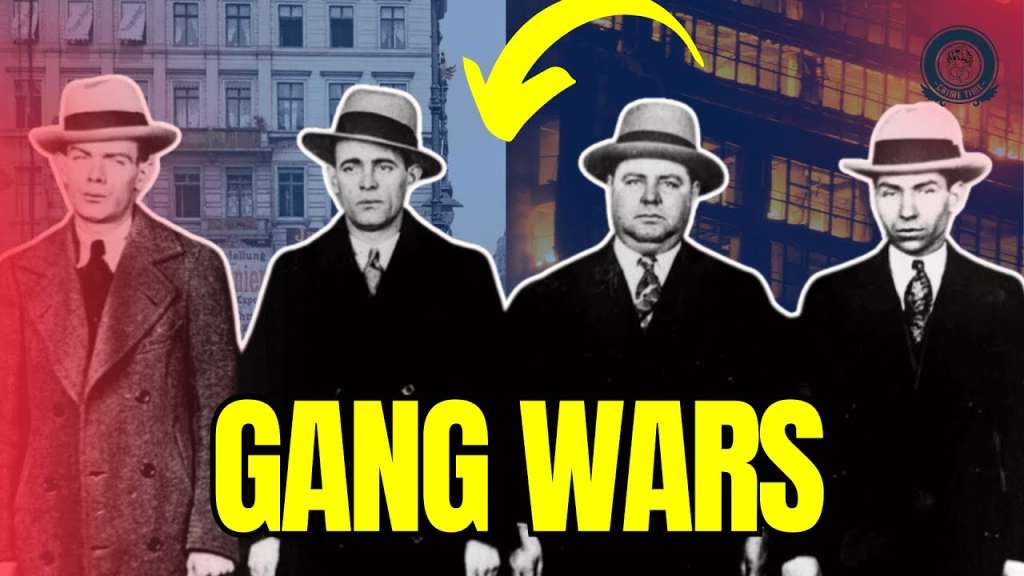The history of organized crime is marked by relentless rivalries driven by power struggles, betrayals, and the quest for dominance. Among the most infamous conflicts was the Castellammarese War, which took place in New York between 1929 and 1931, pitting Joe Masseria against Salvatore Maranzano. This clash emerged during Prohibition, intensifying the fierce competition for control of the lucrative illegal alcohol trade. The war, defined by strategic eliminations and shifting alliances, culminated in the downfall of both leaders, orchestrated in large part by Charles “Lucky” Luciano. His actions not only ended the conflict but also restructured New York’s Mafia into the Five Families, laying the foundation for the modern era of organized crime in America.
Across the Atlantic, the Sicilian Mafia War—also known as the Second Mafia War—raged from 1981 to 1983. This internal power struggle within the Cosa Nostra was primarily driven by Salvatore “Toto” Riina’s Corleonesi faction. Riina’s aggressive push for control led to a wave of targeted attacks, including against high-profile figures such as politicians and judges, most notably General Carlo Alberto Dalla Chiesa. The widespread violence during this period triggered a significant legal and public backlash, culminating in the historic Maxi Trial, where hundreds of members faced conviction. This legal crackdown severely weakened the Sicilian Mafia’s stronghold, marking a pivotal moment in Italy’s fight against organized crime.
Back in the United States, the 1920s Chicago landscape was dominated by the fierce rivalry between the Chicago Outfit, led by Al Capone, and the North Side Gang. With Prohibition fueling competition over the booming illicit liquor market, tensions escalated into violent confrontations. The conflict reached its peak with the infamous St. Valentine’s Day Massacre in 1929, where Capone’s men, disguised as police officers, carried out a deadly attack on several members of the North Side Gang. This high-profile event became a defining symbol of the era’s mob conflicts and ultimately contributed to Capone’s downfall, as the immense public scrutiny intensified law enforcement efforts against him.
In more recent history, the 1990s witnessed the rise of Russian organized crime following the collapse of the Soviet Union. This period saw violent turf wars among emerging syndicates vying for control over the vast economic opportunities presented by Russia’s transition to a market economy. Figures like Semion Mogilevich and Sergei Mikhailov gained prominence, expanding their operations beyond Russia and influencing global markets. The Russian Mafia’s reach and aggressive tactics during this decade posed significant challenges for international law enforcement, highlighting the continued evolution and expansion of organized crime networks.
Each of these rivalries has profoundly shaped the operational structures and strategies of criminal organizations worldwide, underscoring the enduring nature of power struggles within organized crime and their far-reaching implications for both society and law enforcement.
source

